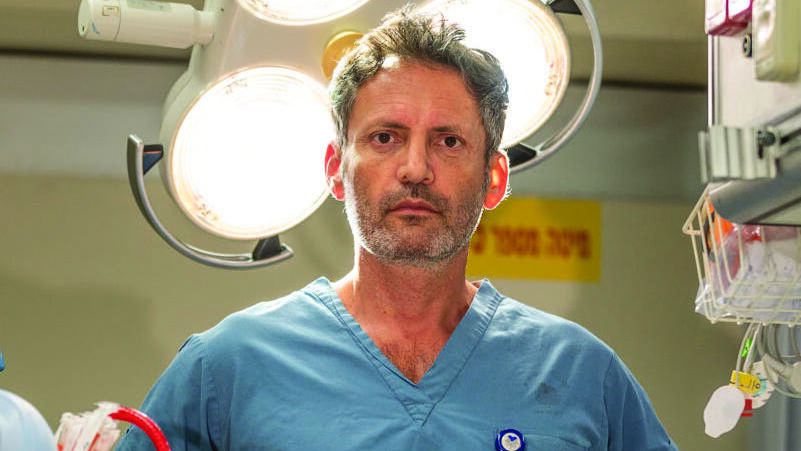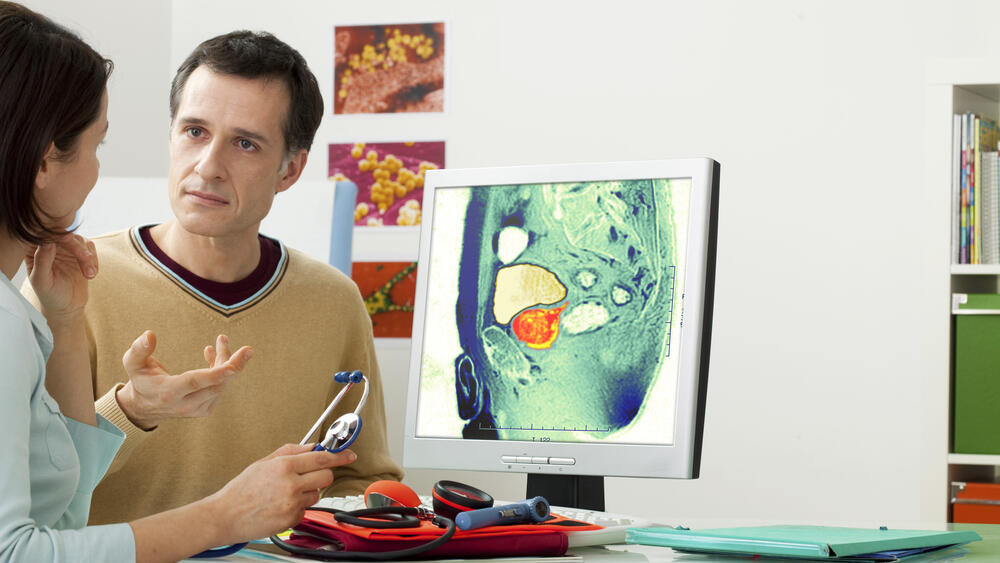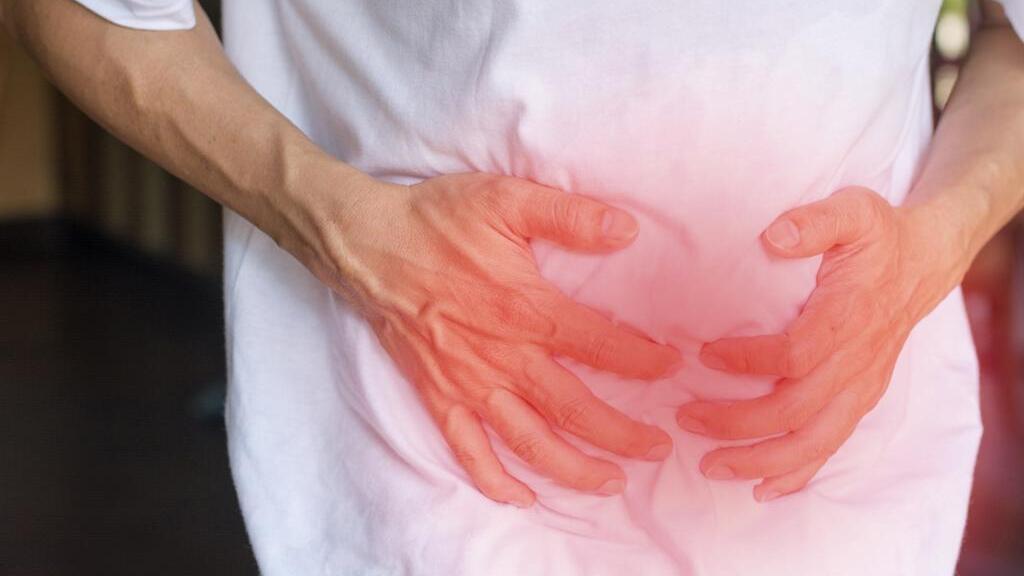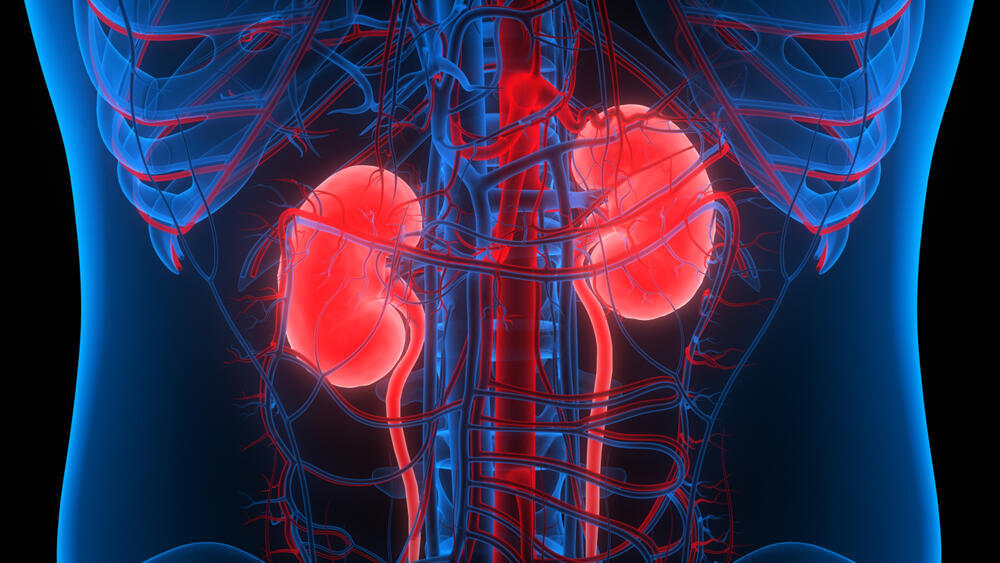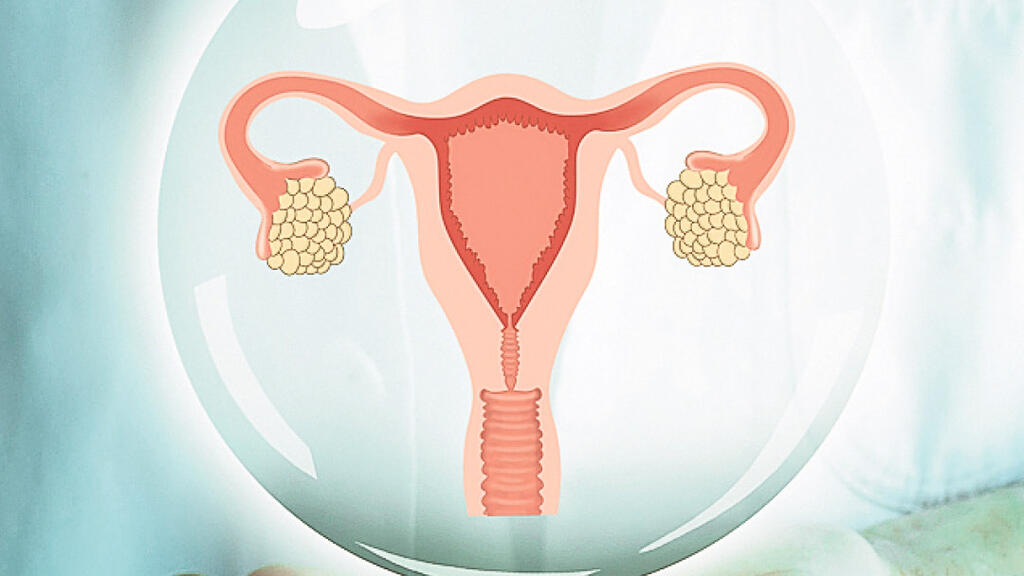Recent evidence shows it's possible to live normally even without a prostate – including voting in parliament just two days post-surgery. This raises the question: what other organs can the body spare? Ynet asked Dr. Eyal Hashavia, a general surgery specialist and head of the Trauma Unit at Tel Aviv Sourasky Medical Center, to map non-essential internal organs and explain the cost of their absence.
Appendix – Not very essential
Function: This narrow, finger-shaped tube attached to the colon in the lower right abdomen contains immune cells and is considered the digestive system’s immunity organ. Its name (derived from "addition" in Latin) reflects its status as an appendage to the intestine. It serves no essential purpose for modern humans.
When it is removed: The most common reason is appendicitis, typically caused by a fecal stone blocking its cavity, leading to bacterial growth.
Consequences of removal: Historically, attempts to link appendix removal to higher rates of bowel disease or infections failed. Today, 6%–8% of the population undergoes appendectomy with no impact on their lives.
Prostate – Understanding retrograde ejaculation
Function: This male-only gland, located in the pelvis below the bladder and surrounding the urethra, produces fluid that nourishes sperm and enables efficient ejaculation.
When it is removed: Two scenarios exist - radical removal for cancer (including seminal vesicles), or partial removal for benign enlargement.
Consequences of removal: Full removal risks impotence, urethral narrowing (difficulty urinating) and absent ejaculation. Partial removal may cause "retrograde ejaculation," where semen flows backward into the bladder instead of outward. "For fertility preservation," explained urological surgeon Dr. Ravit Yahyavi Cohen, "sperm can be extracted from urine post-ejaculation to bypass this issue."
Spleen – Critical for children
Function: Located in the upper left abdomen, this organ is vital for immunity and blood health, producing antibodies crucial in early life before mature immunity develops.
When it is removed: Usually due to traumatic injury (car accidents, blows, gunshots) causing massive bleeding or blood diseases causing excessive platelet destruction.
Consequences of removal: Post-surgery, platelet counts spike temporarily before normalizing. Patients receive a vaccine every five years to compensate for lost immune function. Most vaccinated adults live normally, but unvaccinated children face a significantly greater risk of life-threatening sepsis (body-wide bacterial invasion). Thus, surgeons prioritize preserving the spleen, especially in children.
Gallbladder – Alternative ducts take over
Function: This right upper abdomen organ stores bile produced by the liver. Bile breaks down large fat chains during digestion.
When it is removed: Typically for painful stones or inflammation. Stones form due to genetics, rapid weight loss or multiple pregnancies. Surgery occurs only if severe pain or inflammation develops, which can block drainage, cause infection, or—if untreated—lead to organ decay and abdominal fluid leakage.
Consequences of removal: Recovery can involve weeks of abdominal pain, gas and bloating from uncontrolled bile leakage. Eventually, the body adapts: bile ducts connected to the liver act as a "reservoir," releasing bile directly into the intestines during fatty meals. Most patients resume normal lives without medication.
Thyroid – Managed with medication
Function: This butterfly-shaped gland at the front of the neck regulates metabolism and energy via hormone production, influencing heart rate, body temperature and calorie burning.
When it is removed: Primarily for cancerous lesions (partial or full removal).
Consequences of removal: Partial removal requires no intervention as the body compensates. Full removal necessitates lifelong synthetic hormones to prevent symptoms like swelling, weight gain, mood swings and slowed cognition. With medication, patients maintain normal, quality lives.
Kidney – One is enough
Function: These paired organs, located on either side of the spine below the ribs (posterior abdomen), regulate fluid/salt balance, blood pressure and red blood cell production.
When it is removed: Usually one kidney is removed for cancer, donation (often the left, due to safer positioning), or rare traumatic rupture causing massive bleeding.
Consequences of removal: Long-term survival without both kidneys requires dialysis. But with one healthy kidney, most people live normally—with no medication or lifestyle changes needed—as the remaining organ handles all filtration duties.
Uterus – An age-dependent decision
Function: Situated in the pelvis between the bladder and colon, this core female reproductive organ houses the developing fetus.
When is it removed: Hysterectomy is performed for fibroids (benign tumors causing pain/complications), endometriosis (uterine tissue growing outside the uterus), adenomyosis (tissue within uterine muscle causing pain/uncontrolled bleeding), uterine prolapse, cancer (uterus/cervix), severe infections or major birth tears.
Get the Ynetnews app on your smartphone: Google Play: https://bit.ly/4eJ37pE | Apple App Store: https://bit.ly/3ZL7iNv
Consequences of removal: Menstruation ceases and pregnancy is impossible. Effects vary by age, reason for surgery and whether ovaries are removed. Many women experience improved quality of life if pain or bleeding was severe.
Ovaries – Navigating early menopause
Function: These pelvic organs produce eggs and hormones (estrogen, progesterone, small testosterone amounts) vital for sexual development, bone/heart/skin health, menstruation and libido.
When is it removed: Done for ovarian cancer; sometimes preventively for uterine/breast cancer or BRCA1/BRCA2 mutations; or for painful cysts or severe endometriosis.
Consequences of removal: Removing both ovaries halts hormone production, causing immediate menopause with symptoms like hot flashes, night sweats, fatigue and insomnia. Like natural menopause, it raises risks of osteoporosis, heart disease, weight gain, mood shifts, reduced libido and vaginal dryness. Hormone replacement therapy can manage symptoms; many still lead full lives without it.



